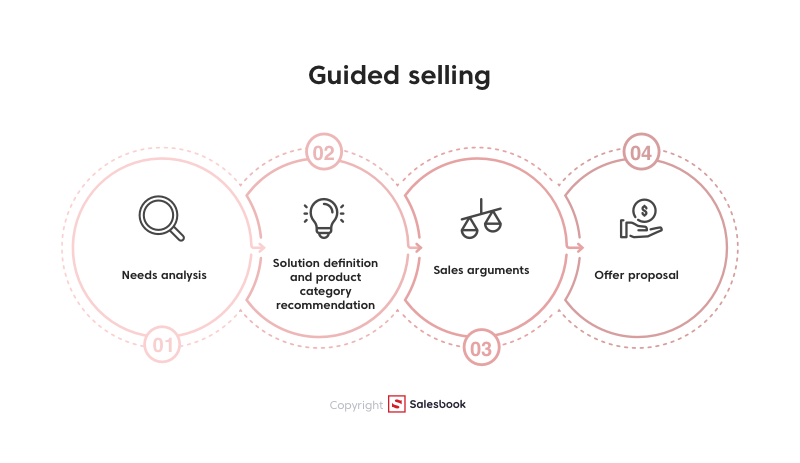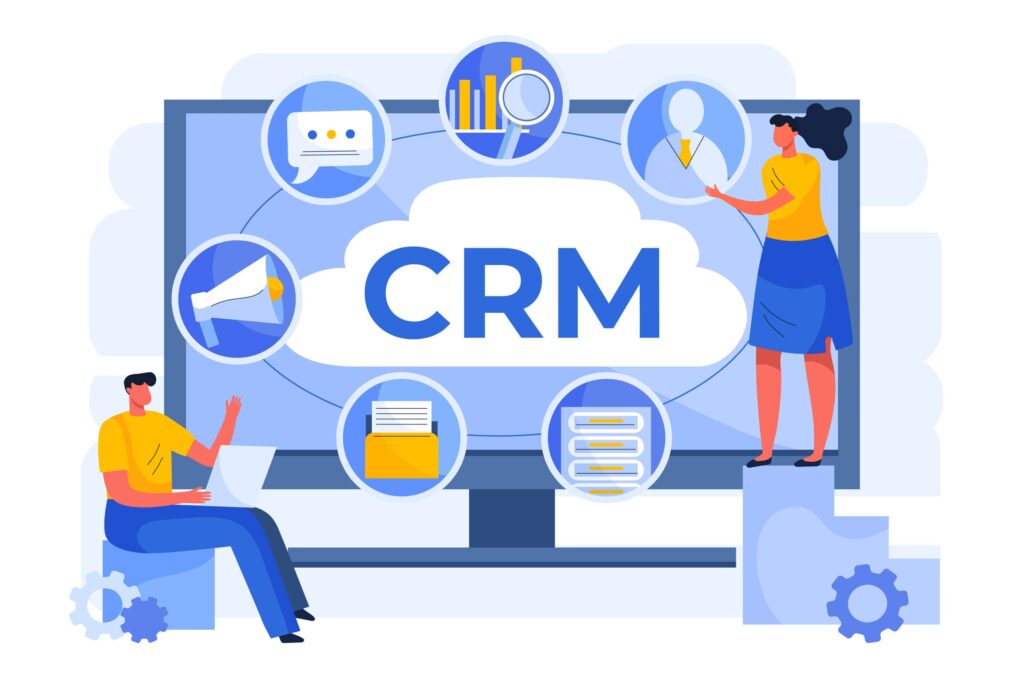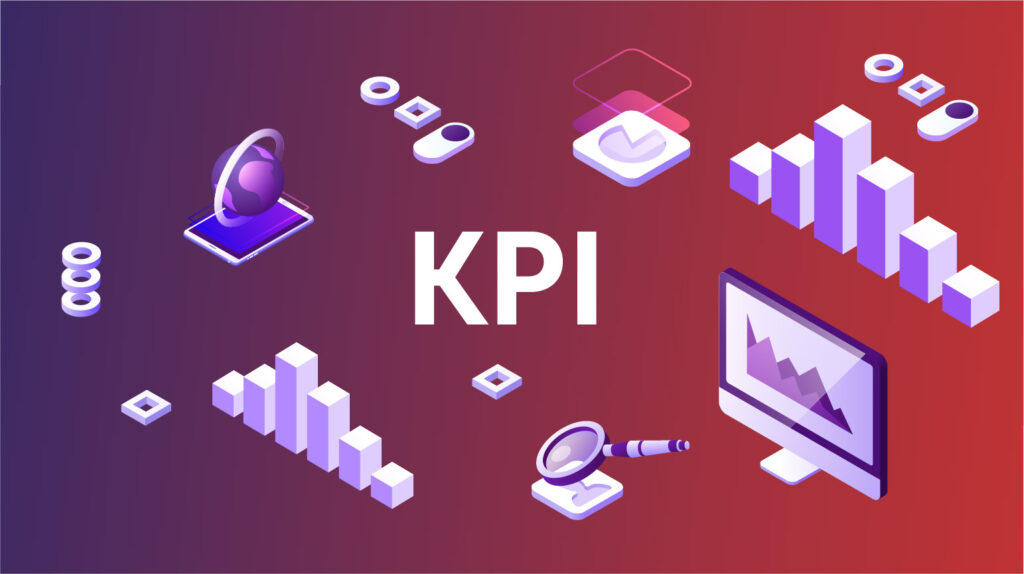What is guided selling and what tools do you need for it?

One of the frequent excuses we hear from sales representatives is the phrase “the customer does not know what he wants”. And while I am far from praising the methods involved in finding explanations for our sales failures, in this case it must be made clear: indeed, customers very often do not know what they really need. They have vague vision they can’t express.
However, our task is to lead the sales talk process in order to discover what problems our clients are facing and guide them to the right solution. The concept of guided selling and the tools associated with it comes in handy.
What is guided selling about?
When we see that our client does not have a clearly defined need, we must run a four-stage process to discover and define it. For the purposes of this article let’s assume that the customer wants to buy a car from us.

- Needs analysis – we start with a series of questions that help the customer to name his needs. We can try to find out whether the customer is running a business or looking for something for the family. If it’s company business, does he transport large loads with his car, and further on – does he transport them over short, medium or long distances? How many people do they need to handle loading and unloading? We can construct many such questions – the more diversified our offer is, the more questions we should ask in order to make the need more specific.
- Definition of a solution and recommendation of a product category – based on collected information we should be able to choose a product category that solves the customer’s problem and indicate examples of specific solutions/products. In the ideal model this should be done for us by a supporting decision-making system. In our example, such a system should, for example, indicate vans with a specific load capacity, number of passenger seats, fuel consumption and range.
- Sales arguments – if we already have a selected product/solution, we have a difficult part of the whole process ahead of us, i.e. convincing the customer that this is exactly what he needs. So, we must have as many arguments as possible to convince them that this is our solution. Here we can show technological advantages, applied innovations, business benefits, expected savings or estimated efficiency gains. There are many arguments, and this is certainly a topic for a separate article. Let’s also emphasize here that it is a good idea to have our arguments well presented in a visually attractive and maybe even interactive way to build better customer experience.
- Offer proposal – finally, the client will always ask us about the offer, i.e. the price, the way of financing, etc. The salesman must also be prepared for this, being able to quickly calculate for the client the TCO, lease installments or repayment period.
Why does assisted sales require the use of appropriate tools?
The insightful reader has certainly asked himself how to perform all these activities during one business conversation. In fact, in the traditional model, when a salesman has an obsolete folder, a print-out with a price list and a sheet of paper at his disposal, it is not at all easy. The most common obstacles to this type of sales are:
- Lack of translation of the customer’s response to the specification of the product range. The salesman can easily handle the situation when the customer will tell him that the car is carrying a baby carriage, because he knows that it will require a larger trunk. But what if we sell more difficult products – medical, financial, technological? Clearly, a salesman needs an algorithm that will consider all the customer’s answers and suggest the optimal solution.
- There are no materials representing competitive advantages that could be sales arguments. A salesman often has a leaflet, but it does not exhaust the substantive scope of the offer, does not give the possibility of comparison with the products of the competition, there are no promotional films, product cards etc. at hand.
- No possibility of quick presentation of financial offer. The salesman knows the price, but does he know all price variants of the product, does he have financing mechanisms at hand, is he able to show the client the total costs in an understandable (and thus visual) way?
In other words, it is impossible to do assisted sales without the right tools. Besides, it is even from the very name of this method – we need to have IT tools to support the salesman at every stage of the sales process.
What kind of tools do you need to run supported sales?
The category of tools that can help a trader in the sales process is CPQ (Configure Price Quote). These are applications installed on a laptop or tablet, which means that the salesman can always have them with him (if he works in the field) or share them on the client’s screen (if he works remotely).
CPQ applications offer several main features:
- survey module – allows to quickly collect information from the client and save it in the system,
- suggestion module – indicates the best suited products based on survey data,
- presentation module – allows to present sales arguments in a visual and interactive way (presentations, photos, videos, product cards, configurators, comparison engines),
- offer module – allows you to quickly calculate the price, financing, etc. based on information configured in the previous stages of the sales call,
- summary module – still during the meeting the application can send to the customer (and to the CRM system) all the information that the salesman collected, configured and calculated during the conversation.
What are the benefits of the company using CPQ tools?
I think it is not difficult to guess that CPQ tools implementing the idea of assisted sales give the organization a lot of benefits at all stages of sales management. Let’s look at the most important benefits.
- Better customer experience – everyone will give in to a salesman who is prepared, who has answers to all questions at hand, who affects us with an image, salesman that asks the right questions and can quickly find the right answers in the form of product suggestions.
- Sales acceleration – a meeting with a customer arranged in the process significantly reduces the time needed for their service, and this can significantly reduce the entire sales cycle in the organization.
- No more sales dependence on the characteristics of a salesman – we no longer must rely so much on the experience and skills of specific people, because they are now more likely to be the supporters of our planned process.
- Increase in sales – Obvious but noteworthy, all the above benefits make our sales grow and costs drop over time.
Where to look for CPQ tools?
There are not many companies in Poland that help salespeople in efficient customer service and direct sales process management. One of the pioneers of CPQ is Salesbook – an application provided by a start-up based in Rzeszow city.
This application has been appreciated by such companies as BMW Motorrad, ENERGA or OVB. It has also won numerous awards, including European Startup Days Challenge and Wolves Summit Startup Challenge. If you want to check the demo, please use this link: www.salesbook-app.com/en/demo/.
Table of Contents







